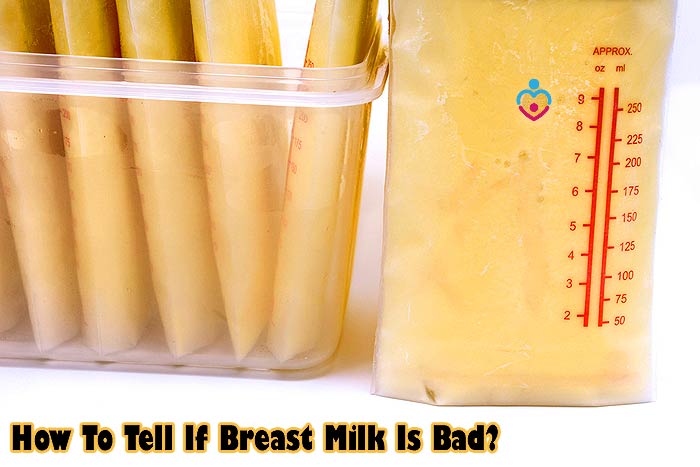
Breastmilk is the most important thing you can feed your baby in the first months of life. Some mothers choose to breastfeed for the first year or even longer than that. In this page, learn how to tell if breast milk is bad, what to look for and how to prevent breast milk going bad.
But to offer your baby all the benefits that come from the breastmilk, you need to make sure this type of meal has the best quality.
Identifying when breastmilk goes bad can be challenging for new mothers. Especially if you store it in the fridge for several days or the freezer for several months.
How to tell if breast milk is bad?
The main things to look at to decide if the breastmilk went bad are its color and consistency, smell, and taste. And you should look at these aspects in this order.
Signs the breast milk went bad
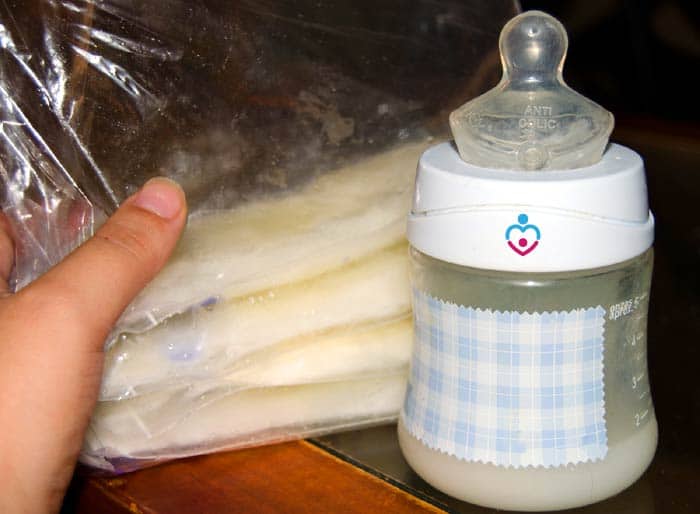
When it comes to milk stored at room temperature (stays good for 4 hours) and milk stored in the fridge (stays good for 4 to 8 days), the "going bad" signs are the same.
- Breastmilk gets a layer of fat that will rise on top of it. After it sits for a while, this layer becomes more defined. However, if you shake the bottle, the fat layer should blend in with the rest of the milk until you can't notice it anymore.
- If it doesn't mix like that or if it transforms into small chunks, it is a good sign that the milk is spoiled, and you don't want to give it to your baby. Also, the color of the milk might get one shade darker compared to how it was when you pumped it.
- The second aspect you need to check is the smell. Breastmilk has a sweet smell or no smell at all when it is fresh. If you notice a sour smell, this might indicate that the milk is bad.
- And if you need any more reassurance, tasting the milk would be the final test. It will help if you taste it when it is fresh, too, so you can compare it and notice the change in taste easier.
- Spoiled milk will taste spoiled. It will have a sour taste that you will dislike as soon as you try it.
How to prevent breast milk from going bad?
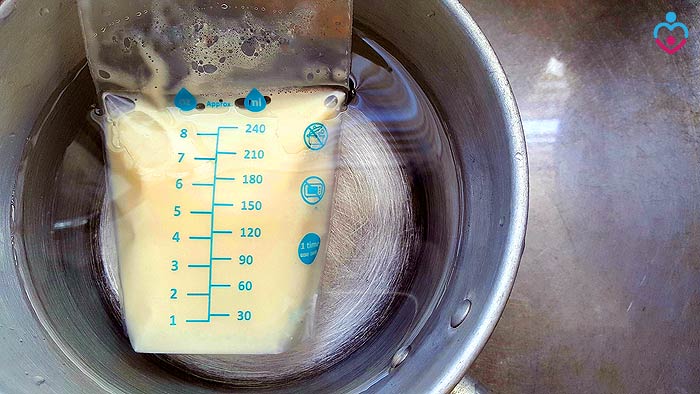
If you prefer to freeze your breastmilk, the first thing you should know is that it stays good for around 6 months. In proper conditions, it can remain good for even up to 9 months. If you date your milk before putting it in the freezer, you will be able to know exactly how old it is. But if you want to check if it is still good, you can apply specific techniques as well.
- To check your frozen breastmilk, you will have to defrost it first. Place it in the fridge for 12 hours or in a bowl with warm (not hot) water for as long as it takes to reach its liquid form.
- Once your milk is defrosted, you can start checking the same things you would with refrigerated or room temperature stored milk.
- The only difference is that frozen breastmilk that went bad will lighten in color rather than get darker. So, you might notice that your milk is whiter than it should be.
Besides these aspects, checking the color, consistency, smell, and taste of the milk should give you enough indicators of its quality.
It is wise to toss the milk away even if you notice just one or two signs that it went bad. No risks should be taken when it comes to your baby's diet.
As a general rule, if you notice something is not right with the breastmilk, you should seriously consider not giving it to your child.
![]()
Key References
- "Breast Milk Gone Bad : How to Identify Spoiled Breast Milk". Accessed February 05, 2020. Link.
- "Pumping and storing breastmilk | womenshealth.gov". Accessed February 05, 2020. Link.

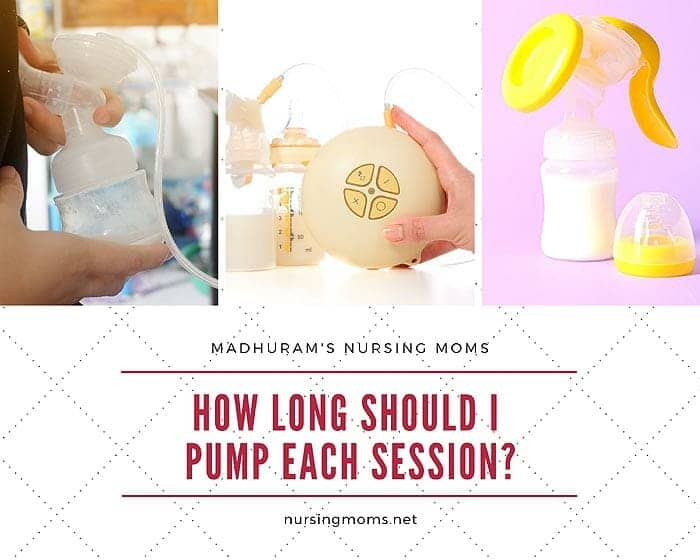
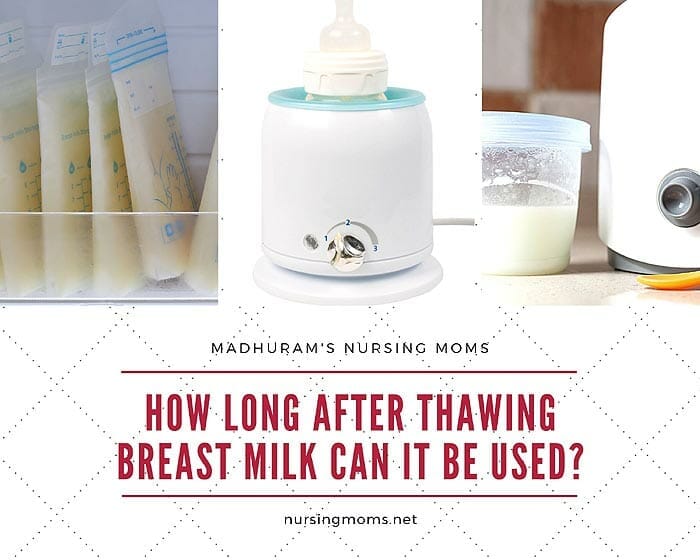
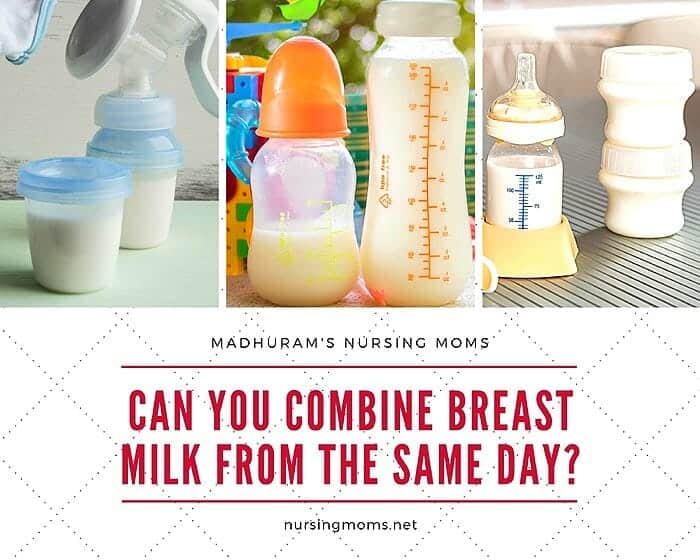
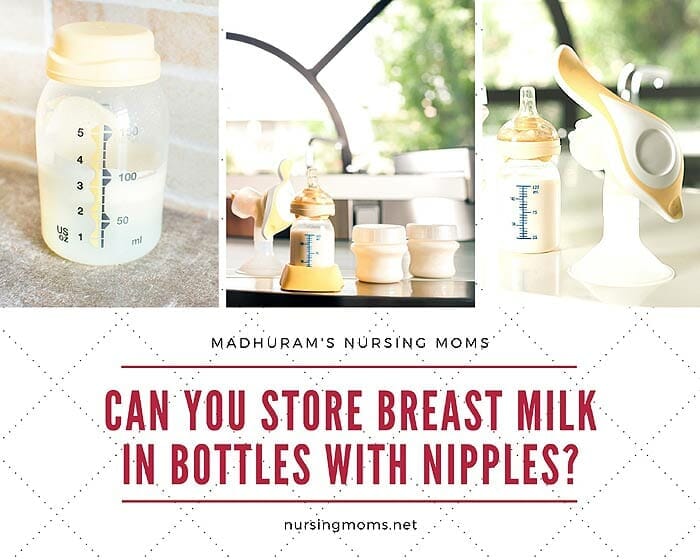
Leave a Reply